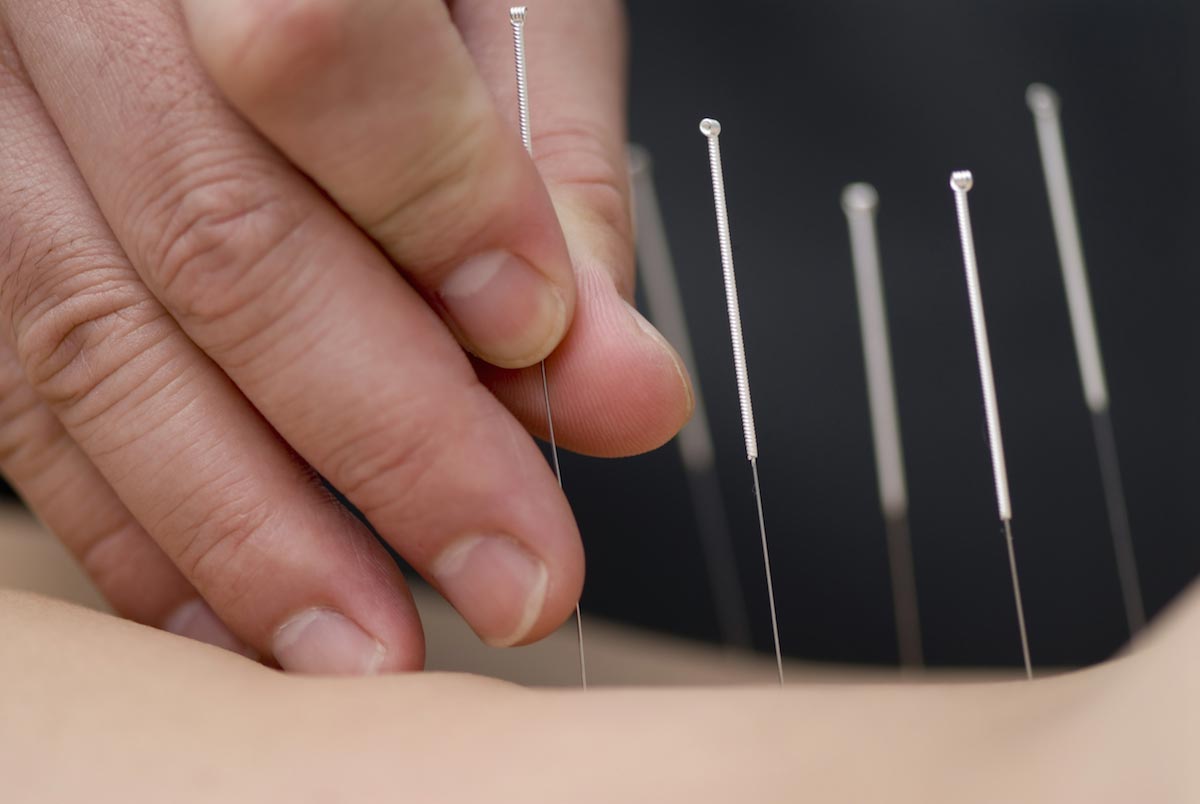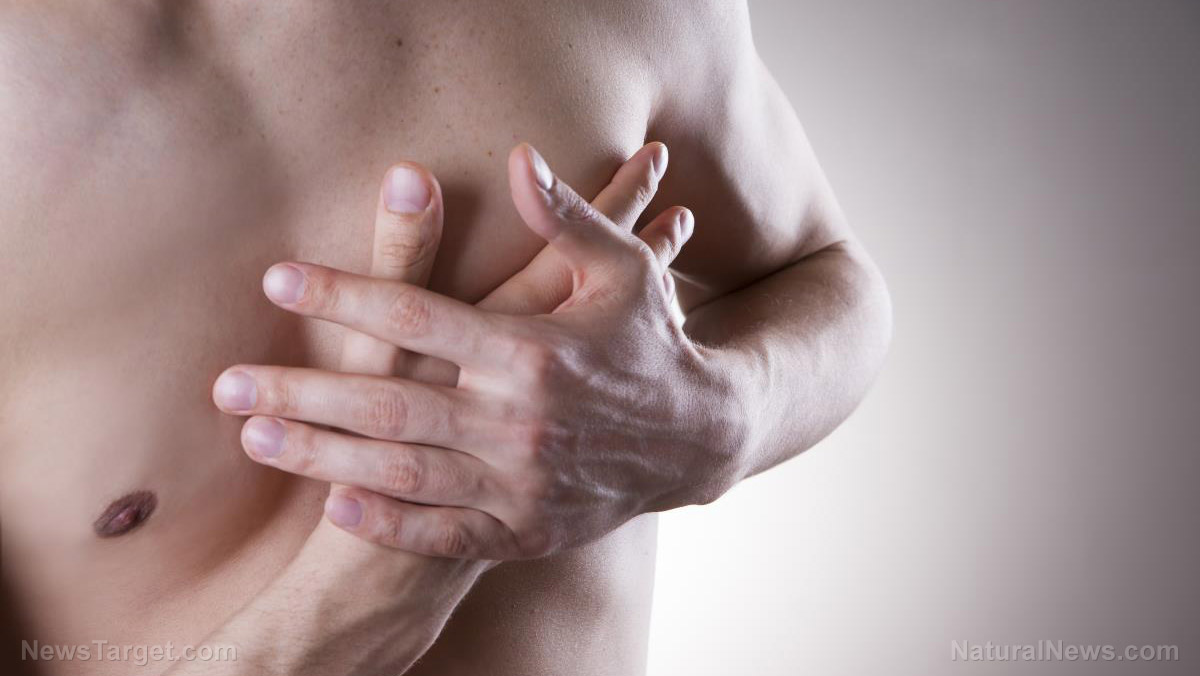New biosensor developed for better monitoring of glucose levels through tears or sweat
03/12/2018 / By David Williams

In a new study that was published recently in the journal ACS Nano, a team of researchers reported that it has succeeded in developing an ultra-thin and flexible sensor that could be used as part of a painless new method for tracking glucose levels in patients through their tears or sweat. According to the researchers, it could allow for the creation of “smart” contact lenses and other kinds of wearable technology for real-time tracking.
- Regular methods of glucose tracking are rather invasive, as patients need to turn over a sample of their blood through the conventional prick method.
- The sensor created by the researchers enables a far less invasive method that is also painless. It can track glucose levels through a person’s tears if used in contact lenses and through sweat if used in a smartband.
- The researchers used nanoribbons of indium oxide, an enzyme glucose oxidase, a natural chitosan film, and single-walled carbon nanotubes.
- Glucose can be detected by keeping track of reactions with the enzyme and a resulting electrical signal.
- The researchers found that the device they made managed to detect a range of glucose concentrations from 10 nanomolars to one millimolar, which shows that it is sensitive enough to cover typical glucose levels in the average person’s saliva, sweat, or tears.
- The researchers also tested the flexibility of the material they created by bending it, and they concluded after bending it for 100 times that this didn’t affect the material’s performance.
It will be interesting to see exactly what kind of solutions they can come up with, but the primary application which is intended to help diabetes patients definitely shows a lot of promise.
Journal Reference:
Qingzhou Liu, Yihang Liu, Fanqi Wu, Xuan Cao, Zhen Li, Mervat Alharbi, Ahmad Abbas, Moh Amer, Chongwu Zhou. “HIGHLY SENSITIVE AND WEARABLE In2o3 NANORIBBON TRANSISTOR BIOSENSORS WITH INTEGRATED ON-CHIP GATE FOR GLUCOSE MONITORING IN BODILY FLUIDS.”ACS Nano – 2018. DOI: 10.1021/acsnano.7b06823
Tagged Under: blood sample, blood test, diabetes, glucose, glucose tracking, smart contact lenses, smart lenses, smartband, sugar




















